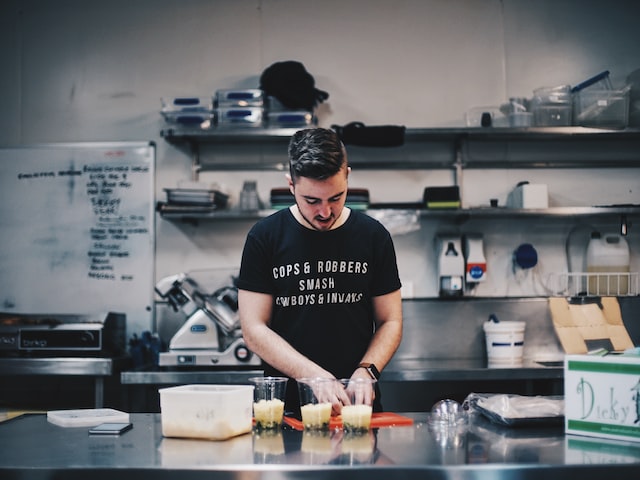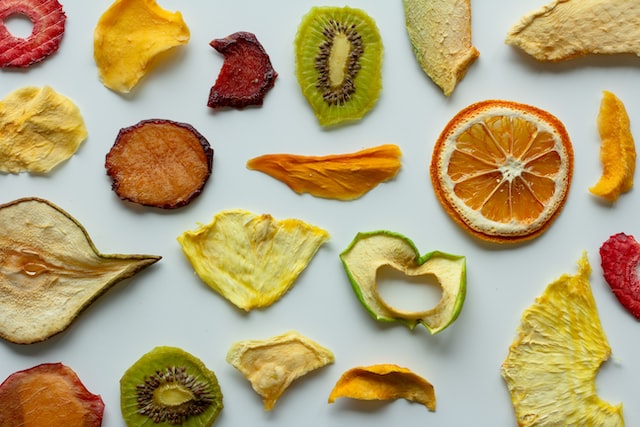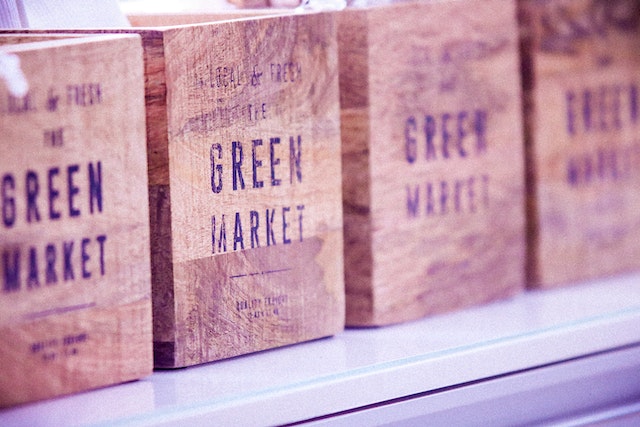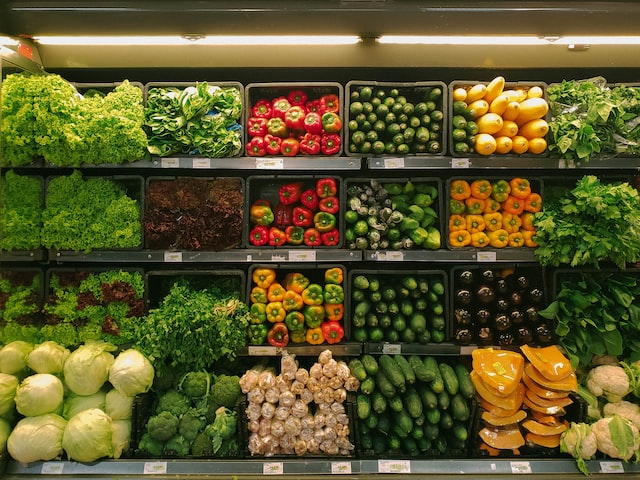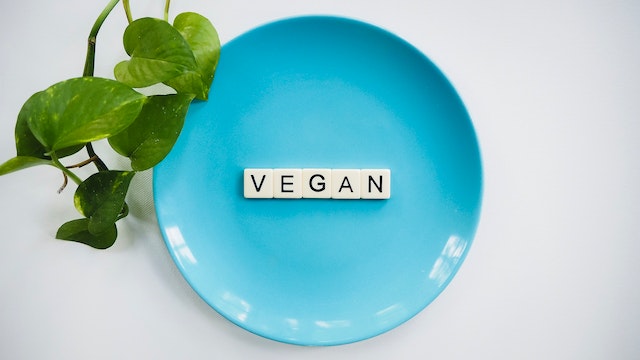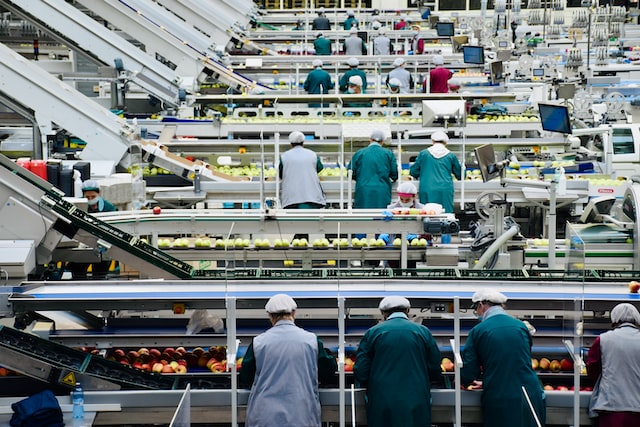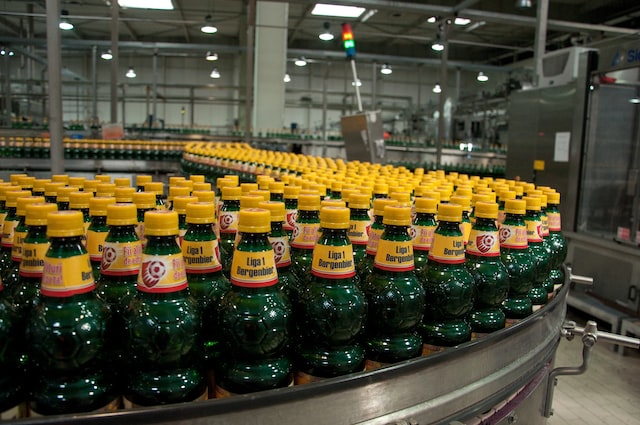Starting a food business can be an exciting and rewarding experience, but it can also be challenging. If you’re a first-time entrepreneur, it is important to do your research and plan accordingly. You can start many different types of food businesses, so it’s important to choose one that fits your skills and interests. In this blog post, we’ll give you some modern food business ideas for first-time entrepreneurs.
1) Food Delivery Business
A food delivery business is a great idea that can be extremely profitable. The first step to starting a food delivery business is to develop a menu of items you will be offered for delivery. Once you have developed your menu, you will need to find a reliable food and ingredients supplier.
In addition, you will need to find a delivery vehicle that is large enough to accommodate your orders. Once you have established your business, you must market your services to potential customers. There are many ways to market a food delivery business, including online advertising, flyers, and word-of-mouth.
2) Gourmet Popcorn Business
Gourmet popcorn is a unique and popular snack food that can be both profitable and enjoyable to produce. For the first-time entrepreneur, starting a gourmet popcorn business can be a great way to get your feet wet in the food industry.
Gourmet popcorn offers many potential benefits as a business venture. First, it is a relatively simple food to produce, and there is a great demand for popcorn products. Gourmet popcorn can also be produced in small batches, making it an ideal business for those with limited space and equipment.
3) Baby Food Business
The baby food business is a great opportunity for first-time entrepreneurs. The baby food market is growing rapidly, and there is a big demand for healthy, organic, and affordable options.
You can start a baby food business with a small investment, and even run it from home. You may even consider taking it online, which gives you the added benefit of reaching a wider audience.
4) Food Kiosk Business
Food kiosks are a great option for first-time entrepreneurs starting their food businesses. A kiosk is a small, self-contained unit set up in various locations, including shopping malls, office buildings, and airport terminals. They offer a convenient way for customers to grab a quick bite to eat without sitting in a restaurant.
There are a few things to remember when setting up a food kiosk business. First, choosing a location with high foot traffic is important. Second, the menu should be focused on quick and easy-to-eat items such as sandwiches, salads, and soups. Finally, it is important to have a well-designed kiosk that is inviting and easy to navigate.
5) Mushroom Farm Business
Mushroom farming can be a lucrative business for first-time entrepreneurs. The global mushroom market is already valued at about $50 billion, and the demand for mushrooms is only expected to grow in the coming years. Mushroom farming is relatively simple and requires little capital investment.
Mushroom farms can be started indoors or outdoors and run on a small or large scale. Numerous mushrooms can be grown commercially, such as oyster mushrooms, shiitake mushrooms, and button mushrooms
Conclusion
As you can see, there are a variety of food business ideas that are perfect for first-time entrepreneurs. So what are you waiting for? Start your own food business today!
Need some help getting your food business off the ground? Click here to request a complimentary consultation with the greater goods today!
